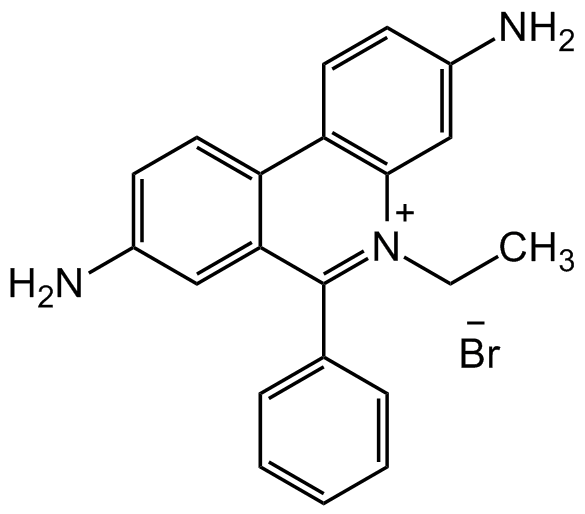Cookie preferences
This website uses cookies, which are necessary for the technical operation of the website and are always set. Other cookies, which increase the comfort when using this website, are used for direct advertising or to facilitate interaction with other websites and social networks, are only set with your consent.
Configuration
Technically required
These cookies are necessary for the basic functions of the shop.
"Allow all cookies" cookie
"Decline all cookies" cookie
CSRF token
Cookie preferences
Currency change
Customer-specific caching
FACT-Finder tracking
Individual prices
Selected shop
Session
Comfort functions
These cookies are used to make the shopping experience even more appealing, for example for the recognition of the visitor.
Note
Show the facebook fanpage in the right blod sidebar
Statistics & Tracking
Affiliate program
Conversion and usertracking via Google Tag Manager
Track device being used

| Item number | Size | Datasheet | Manual | SDS | Delivery time | Quantity | Price |
|---|---|---|---|---|---|---|---|
| CDX-E0005-G001 | 1 g | - | - |
3 - 9 business days* |
58.00€
|
If you have any questions, please use our Contact Form.
You can also order by e-mail: info@biomol.com
Larger quantity required? Request bulk
You can also order by e-mail: info@biomol.com
Larger quantity required? Request bulk
Ethidium bromide (EtBr) is the most commonly used nucleic acid stain for PAGE or agarose gel... more
Product information "Ethidium bromide"
Ethidium bromide (EtBr) is the most commonly used nucleic acid stain for PAGE or agarose gel electrophoresis. The fluorescence of EtBr increases 21-fold upon binding to double-stranded RNA and 25-fold on binding double-stranded DNA so that destaining the background is not necessary with a low stain concentration (10 µg/ml). Ethidium bromide has been used in a number of fluorimetric assays for nucleic acids. Ethidium bromide intercalates double-stranded DNA and RNA and acts as a frameshift mutagen. It confers a deep red stain to DNA by acting as an intercalating agent between the starch bases. It has been shown to bind to single-stranded DNA (although not as strongly) and triple-stranded DNA. Because of its ability to bind to DNA, EtBr is an inhibitor of DNA polymerase. It can be used in conjunction with acridine orange to differentiate between viable, apoptotic and necrotic cells. Has been used in the past as an anti-parasitic and anti-microbial agent and described as an uncoupler of oxidative phosphorylation. Has also been used to stain mitochondrial DNA. For staining a gel after electrophoresis, dilute a sample of the stock solution to 0.5µg/ml with water and incubate the gel for 15-30 min. Destaining is usually not needed but can be carried out in water for 15min if decreased background is necessary. The DNA bands can then be detected on a UV light box (254nm wavelength). Ethidium bromide can also be incorporated into the gel and running buffer at 0.5µg/ml and visualized immediately after electrophoresis. Spectral data: lambdaEx=480nm, lambdaEm=620nm (in H2O). lambdaEx=518nm, lambdaEm=605nm (bound to DNA). lambdaEx=530nm, lambdaEm=600nm (in 50mM phosphate buffer pH 7.0, upon binding to DNA).
| Keywords: | 3,8-Diamino-5-ethyl-6-phenylphenanthridinium bromide, EtBr, Homidium bromide |
| Supplier: | Chemodex |
| Supplier-Nr: | E0005 |
Properties
| Application: | Nucleic acid stain, PAGE, agarose gel electrophoresis |
| MW: | 394,31 D |
| Formula: | C21H20BrN3 |
| Purity: | >95% (HPLC) |
| Format: | Solid |
Database Information
| CAS : | 1239-45-8| Matching products |
Handling & Safety
| Storage: | +4°C |
| Shipping: | +20°C (International: +20°C) |
| Signal Word: | Danger |
| GHS Hazard Pictograms: |
|
| H Phrases: | H302, H330, H341 |
| P Phrases: | P260, P281, P284, P310 |
Caution
Our products are for laboratory research use only: Not for administration to humans!
Our products are for laboratory research use only: Not for administration to humans!
Information about the product reference will follow.
more
You will get a certificate here
Viewed

